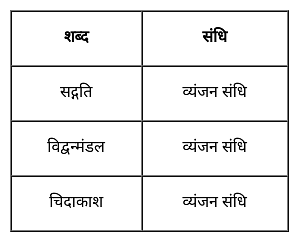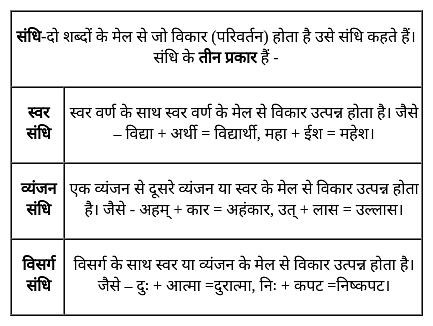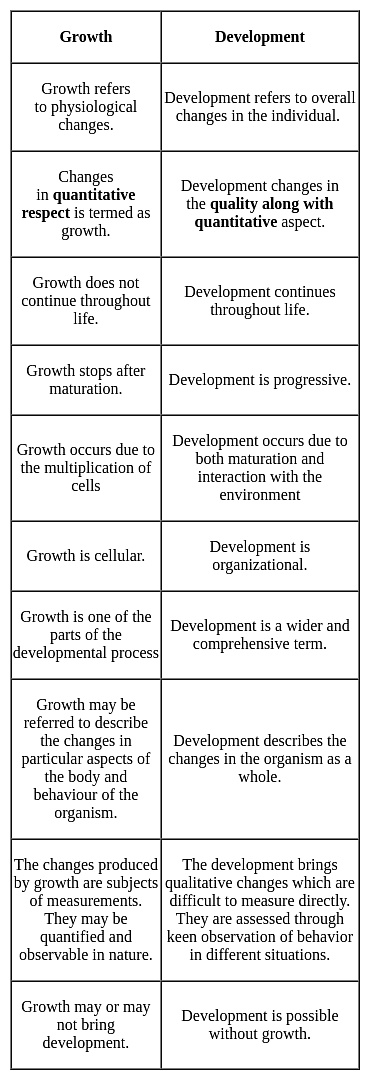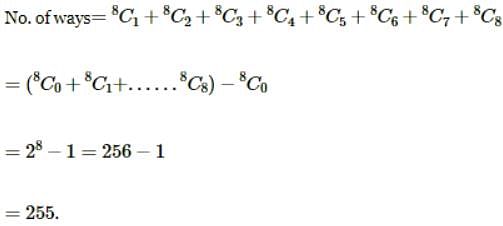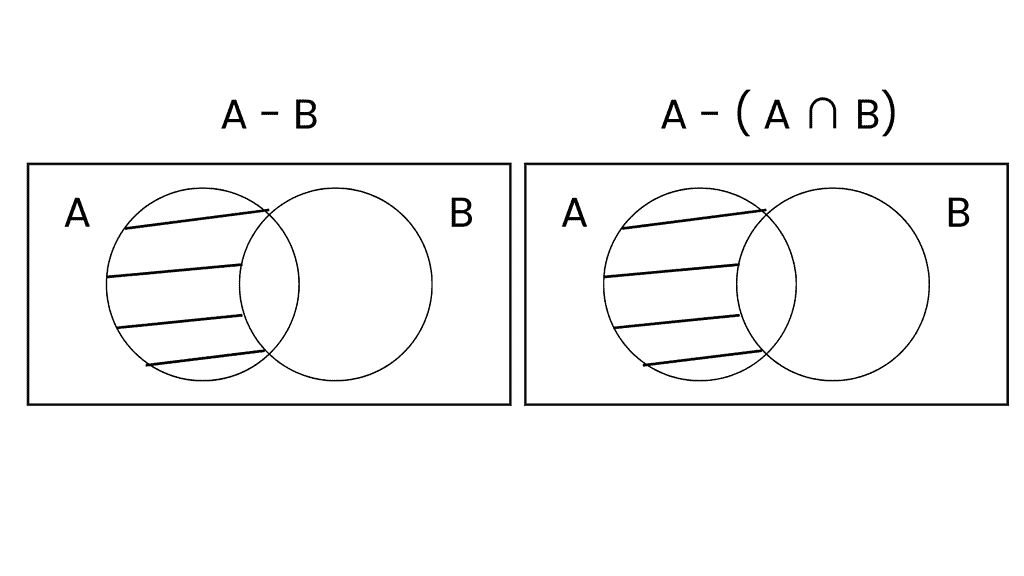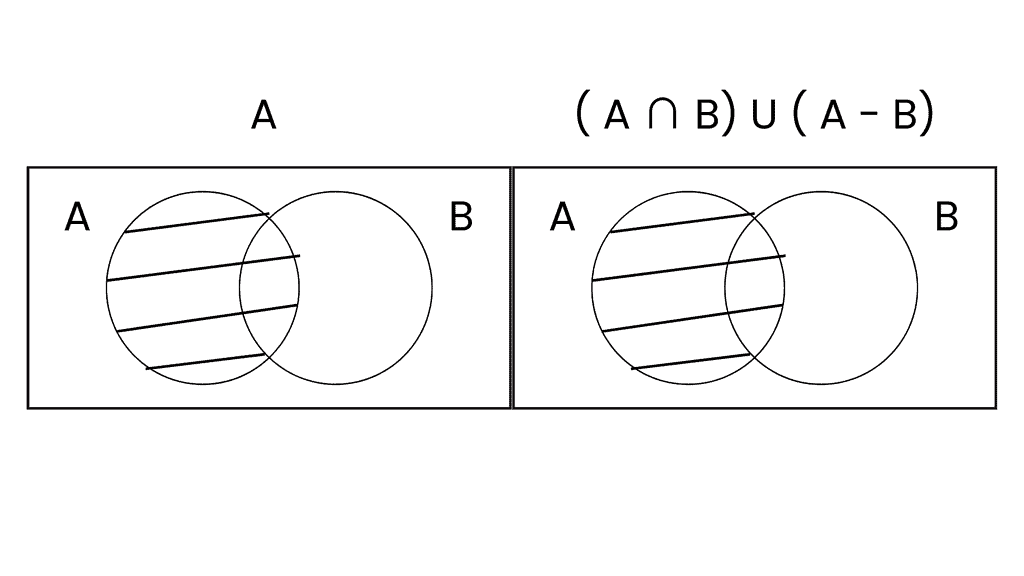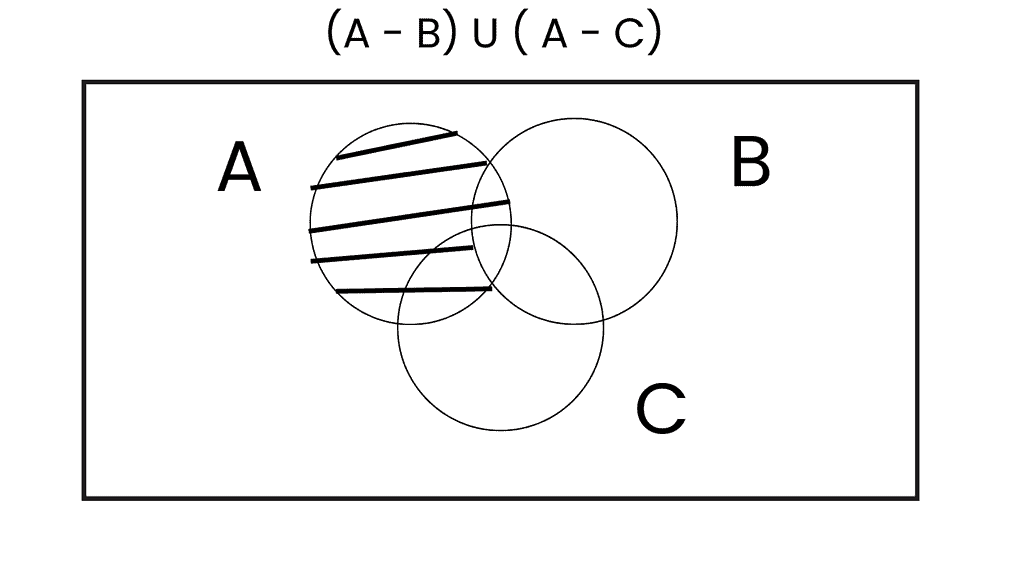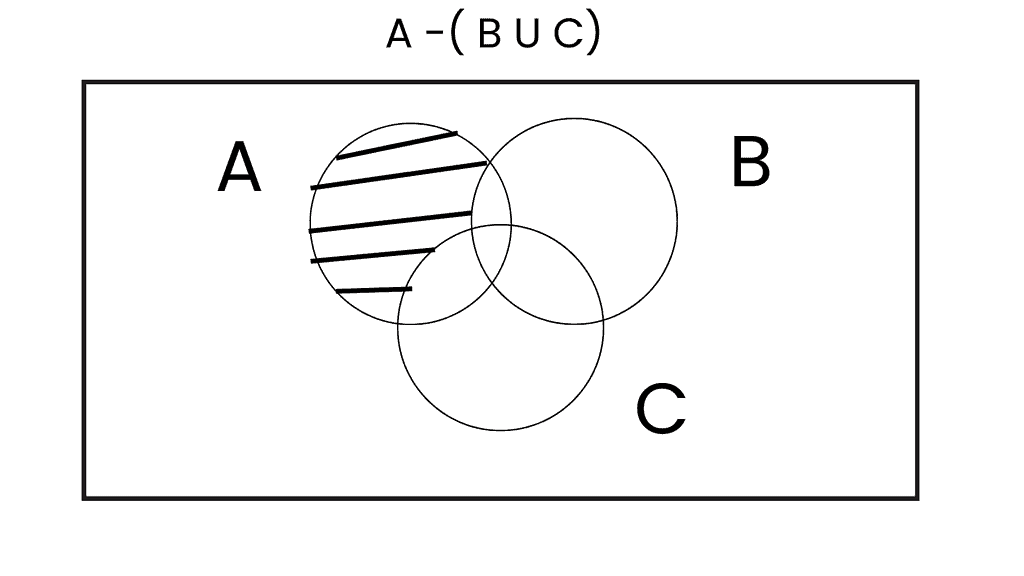KVS PGT Mathematics Mock Test - 3 - KVS PGT/TGT/PRT MCQ
30 Questions MCQ Test KVS PGT Exam Mock Test Series 2024 - KVS PGT Mathematics Mock Test - 3
The following questions consist of a single sentence with one blank only. You are given four words as answer choice and from the four choices, you have to pick up one correct answer, which will make the sentence meaningfully complete.
Q. Some ancient tribes still believe in evil spirits and the vagueness and _________ of after-life.
Directions: Improve the bracketed part of the sentence.
Q. No other Indian was a (great) orator than Sir Surendranath.
| 1 Crore+ students have signed up on EduRev. Have you? Download the App |
Which of the following has the shortest wavelength?
The process of an individual’s capacities quantitatively should be termed as
Which of the following is a major factor explaining the direction and outcome of growth and development?
The values of a for which one root is greater than 1 and the other root less than zero, of the equation x2 + (2a + 1) x + (a – 1) = 0 is :
What is the range of the following data?
23, 45, 34, 21, 89, 45, 47, 91
If the circles x2 + y2 + 2ax + b = 0 and x2 + y2 + 2cx + b = 0 touch each other, then
If the curves ax2 + 4xy + 2y2 + x + y + 5 = 0 and ax2+ 6xy + 5y2+ 2 x + 3y + 8 = 0 intersect at four concyclic points then the value of a is
A function is matched below against an interval where it is supposed to be increasing. Which of the following pairs is incorrectly matched?
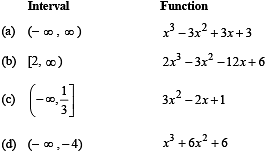
Number of circles touching all the lines x + y – 1 = 0, x – y – 1 = 0 and y + 1 = 0 are
The number of all selections which a student can make for answering one or more questions out of 8 given questions in a paper, when each question has an alternative, is:
Consider the following relations:
(i) A - B = A - (A ∩ B)
(ii) A = (A ∩ B) ∪ (A - B)
(iii) A - (B ∪ C) = (A - B) ∪ (A - C)
Which of these is/are correct?
If α, β are the roots of x2 + ax - b = 0 and γ,δ are the roots of x2 + ax + b = 0 then (α - γ) (α - δ) (β - δ) (β - γ) =
If x =, y =
, z =
where a, b, c are in AP and |a| < 1, |b| < 1, |c| < 1, then x, y, z are in
Let X be set of rational numbers. Which of the following is not subset of X?
Let z be a purely imaginary number such that Im(z) < 0. Then arg(z) is equal to


